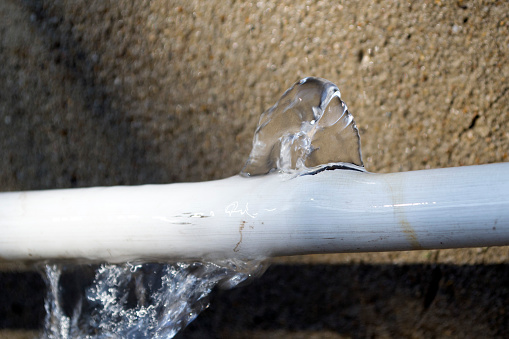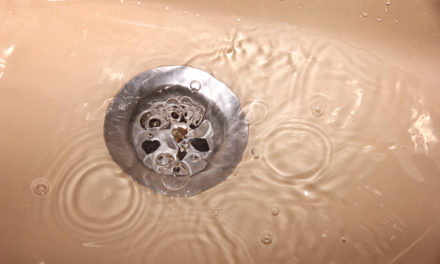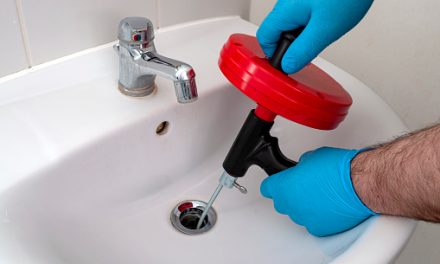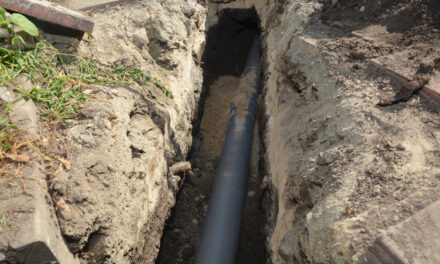As we move further into the fall season, it will only be a matter of time before winter weather hits. Most homeowners are aware of a frozen pipe being one of the biggest challenges to deal with during a severe winter. If temperatures drop low enough, water within the pipes may inevitably freeze and expand which can in turn cause the pipe to rupture. Then, once the ice abates, the freely flowing water will pour out of the compromised pipe and that can lead to a lot of costly hazards. Luckily, this is an issue that you can remedy if you are aware of it occurring. Typically, you can realize that a pipe is frozen when they turn the tap on and nothing comes out, or if a toilet does not refill after flushing. You might even notice signs within the pipe itself like a bugle or a thin layer of frost covering the pipe. With all this in mind, let’s take a look at some of the tips that can help you thaw frozen pipes before they become a more costly problem.
Step 1
This is sometimes the hardest part of fixing this issue. One trick you can do is to open all the faucets in your home and if water does not reach a particular faucet, you will want to trace its plumbing lines as it travels away from the fixture. Then, inspect the plumbing with your hands every few feet until you are able to locate the affected area. Now, if none of the faucets are getting a flow of water, then the problem may be with the main supply pipe.
Step 2
Now, once you have discovered where the problem is, you will need to go to the main water supply valve and turn it clockwise to the “off” position. Then, you should open all the sink faucets and tub spouts which will drain what is remaining of the water in the system. Be sure to flush the toilets as well.
Step 3
At this point, your main objective is to simply apply heat to that frozen pipe. There are a plethora of options to accomplish this like hairdryers, heat lamps, as well as heating pads. You can also utilize low-tech solutions like pouring hot water over towels that are draped over the frozen spot. Keep in mind that you want to begin heating near the edge of the frozen area, on the side that is closest to the nearest kitchen or bathroom. This will ensure that any steam or water generated by the heating can escape the pipe.
Step 4
Now, once you feel confident that the freeze has melted, you will want to return to the main water supply valve and partially turn in on. Then, you should go back to the pipe and inspect it for any leaks. If the pipe appears to channel water properly, then you can go ahead and turn the water supply all the way on and close any faucets or spouts that may still be open. If not, you may want to call a professional to take a look at the situation.
Dealing with a frozen pipe can be a nightmare for homeowners, however, it can be prevented and dealt with if you are aware of the issue before it becomes more serious. If you have any further questions or would like a professional to come and take a look at your pipes, be sure to call A&L Cesspool at (718) 729-3018!









